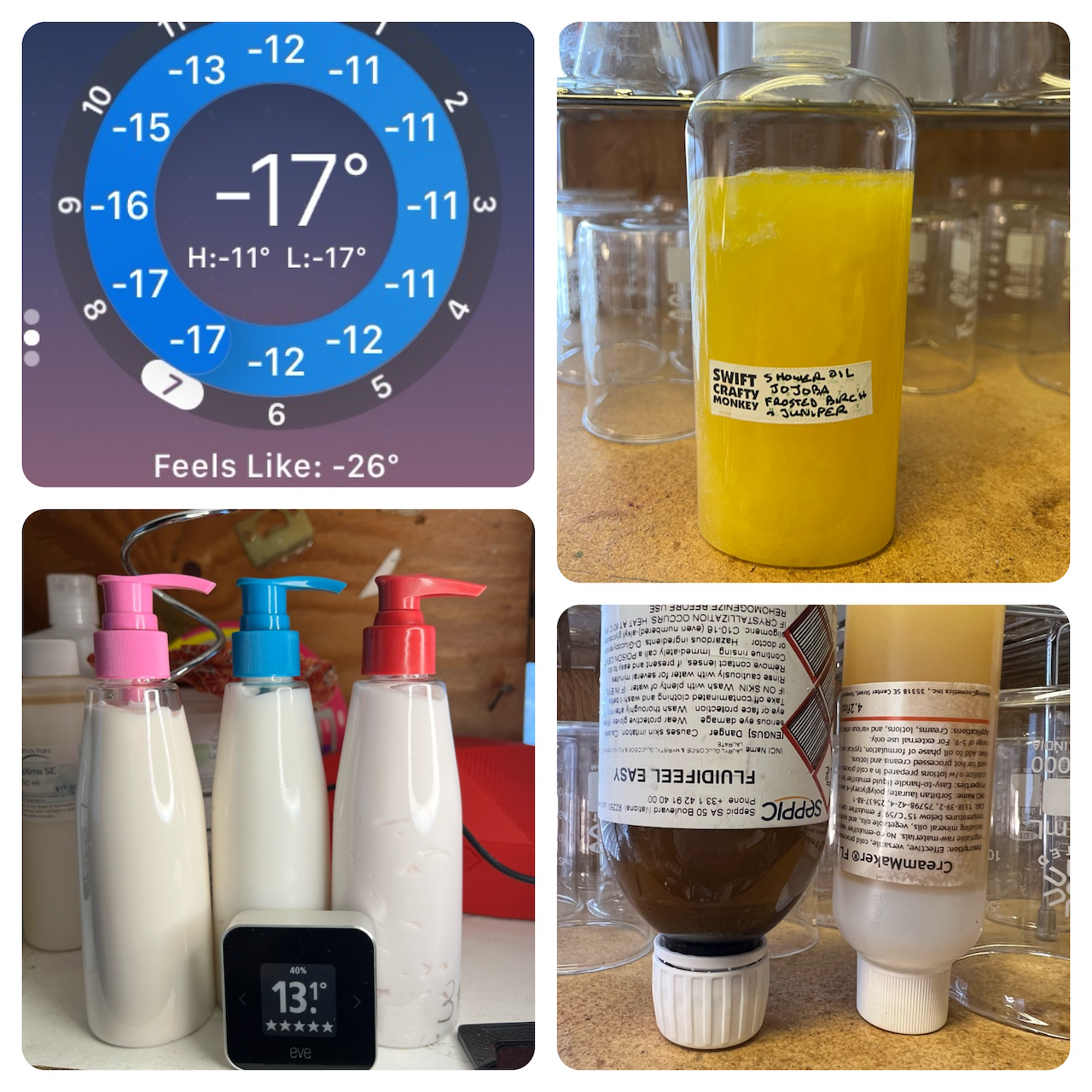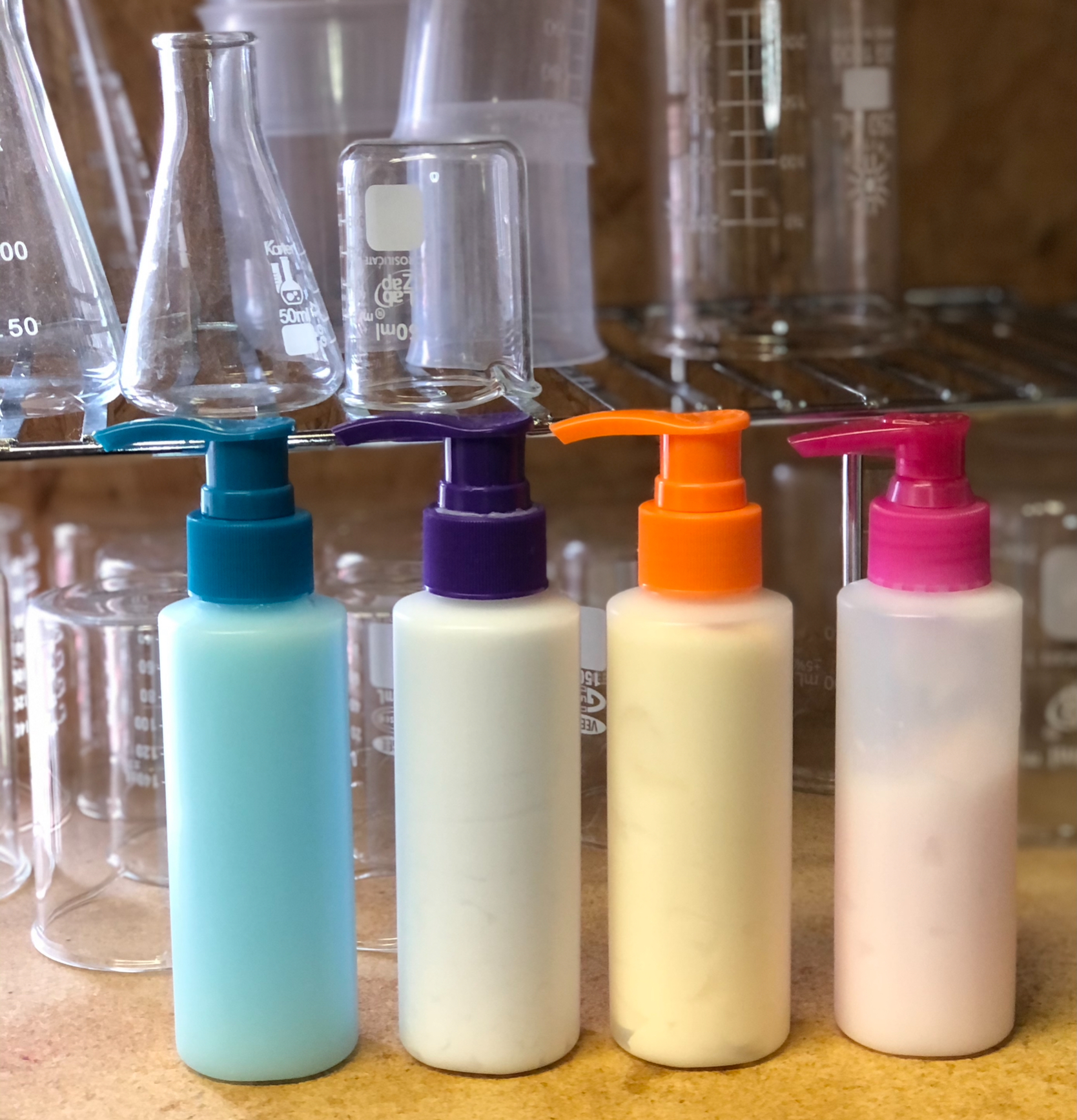Let’s talk about temperature: How cold affects our ingredients and products!
We talk a lot about the importance of heat in our products – Get a bloody thermometer already! Equipment review – but let’s talk a bit about the impact of the cold! It’s so cold! It’s super cold where I live right now – -17˚C (1.4˚F), but with the wind chill, it feels like -26˚C (-14.8˚F)...





